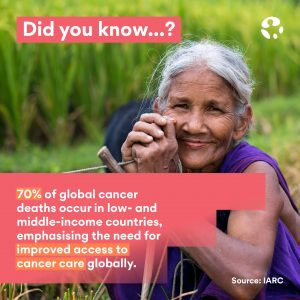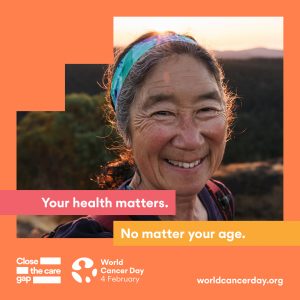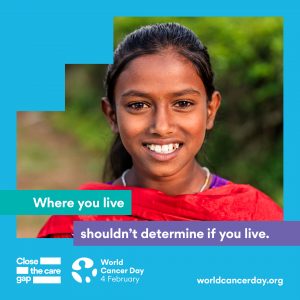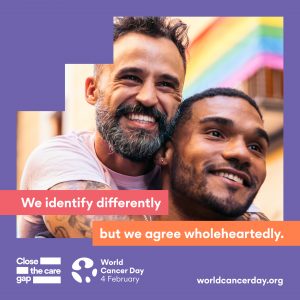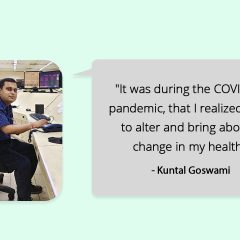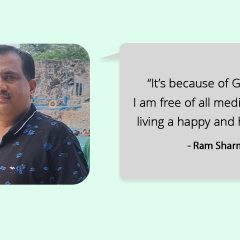
In the garden city of Bengaluru, Raj, a night-shift worker, tosses and turns in his bed, struggling to find sleep as the relentless Indian sun climbs higher into the sky. His small, shared apartment offers little respite from the cacophony of daytime noises and the sweltering heat. Meanwhile, across the world, in the quiet suburbs of Stockholm, Anna drifts into a restful slumber in her climate-controlled, noise-cancelled bedroom after a day’s work. This stark contrast in sleeping conditions underscores a profound but often overlooked issue: the global disparity in sleep health, also known as sleep equity.
The theme for World Sleep Day, “Sleep Equity for Global Health,” aims to highlight the considerable disparities in sleep quality that affect diverse populations around the globe.
It’s a day marked to bring attention to the social and environmental factors that contribute to these disparities, which can further compound existing health inequities.
Sleep: A Foundation of Health
Sleep is the cornerstone of good health, an essential process that allows our bodies and minds to recharge, healing us from the day’s toils and preparing us for the challenges ahead. Yet, the ability to obtain restorative sleep is not a privilege afforded to all. Factors like socio-economic status, employment conditions, geographical location, and even cultural attitudes towards sleep can create vast chasms in sleep health across populations.
In developing countries like India, long work hours, limited access to comfortable sleeping environments, and the burden of noise and light pollution are just some of the barriers preventing a good night’s rest. In wealthier nations, while the quality of sleep environments may be higher, the pressures of a 24/7 society and the intrusion of technology into the bedroom can similarly impair sleep.
Bridging the Sleep Divide
The concept of sleep equity goes beyond the individual, implicating the collective health of societies. Chronic sleep deprivation is linked to a myriad of health issues, including heart disease, diabetes, and weakened immune function. When whole communities are sleep-deprived, these health issues can become prevalent, increasing healthcare costs and reducing overall productivity and quality of life.
World Sleep Day aims to galvanise change, encouraging global action to bridge the sleep divide. This can take various forms, from advocating for policies that protect workers’ rights to sleep, such as regulated work hours and rest periods, to investing in urban planning that creates quieter, more restful environments in densely populated areas.
The Call for Global Action
As we observe World Sleep Day, we’re called to consider our sleep health and recognise the disparities that exist. It’s a call for researchers to deepen our understanding of the societal factors that influence sleep, for policymakers to create environments conducive to rest, and for individuals to practice and promote good sleep hygiene.
Addressing sleep equity is a multifaceted challenge that requires a concerted effort from governments, health organisations, communities, and individuals alike. It’s a global health priority that has the potential to improve not just the quality of sleep but the overall well-being and productivity of societies.
By acknowledging the importance of sleep and the disparities that exist, we can work towards a world where restful sleep is not a luxury but a common reality for all. As we champion this cause, we move closer to a world where health equity includes one of the most basic yet vital components of life—sleep.
#BeTheForce
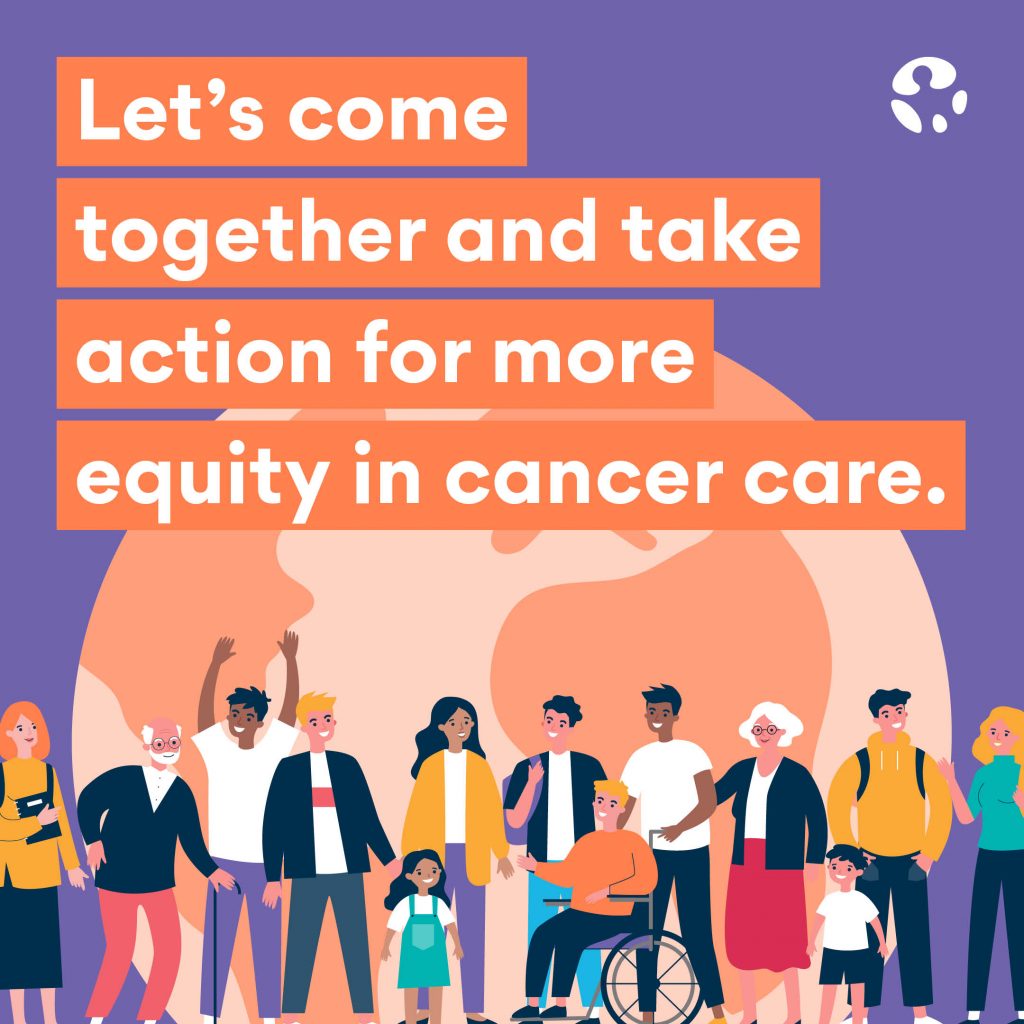 Access to essential health services is a huge challenge for at least half the world’s population, according to a report from the World Bank and WHO. Many households are pushed into poverty as they have to pay for healthcare from their own pockets. This is especially true for cancer, a disease that many people are denied basic care for, although we live in a time where there are amazing advancements in cancer prevention, diagnostics and treatment.
Access to essential health services is a huge challenge for at least half the world’s population, according to a report from the World Bank and WHO. Many households are pushed into poverty as they have to pay for healthcare from their own pockets. This is especially true for cancer, a disease that many people are denied basic care for, although we live in a time where there are amazing advancements in cancer prevention, diagnostics and treatment.